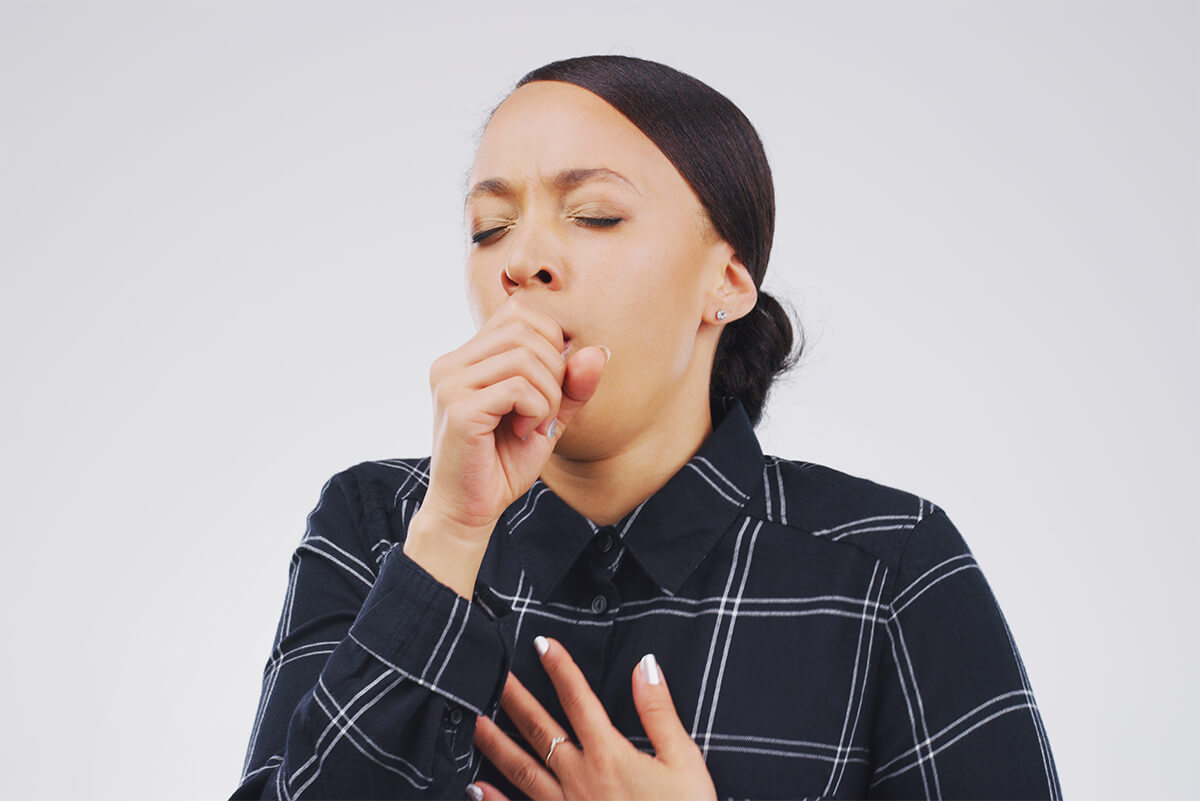
The COVID-19 has made people rethink their choices on comingling with others — how often they go to the grocery store, parks, schools – any public spaces. However, one thing COVID19 shouldn’t do is seeking medical care in a healthcare emergency and making a visit to the ER.
Having said that, we understand many have unsettling feelings about ER visits. Every medical emergency is stressful, still one during a pandemic can bring even more concern.
Will the ER staff be available to treat me? Will I be exposed to COVID19 while in a hospital waiting room? These are valid questions — among others — that people are asking and seeking answers to. Emergencies shouldn’t wait. Waiting can make what is a treatable condition to something with more severe complications, even resulting in death. (Health.com – April 2020)
Be Assured – It’s Safe to Go to the ER
Nothing is more important to us than you, and we’re taking extra measures to ensure you’re safe when you get emergency room care. All ER’s are employing new safety measures per CDC Guidelines:
- Caring for COVID-19 patients in separate areas
- Social distancing measures in waiting rooms
- Temperature testing at all entrances
- Universal masking policy for team members and patients
- Visitor restrictions
How to Recognize an Emergency
Self-care, telehealth, and remote monitoring have all accelerated during the pandemic and can help patients manage certain issues at home. But medical conditions that are considered emergencies and deemed life-threatening mean immediate care by a qualified physician is necessary. Here are some symptoms that are best evaluated in an emergency room. (VeryWell Health – April 2020)
- Chest pain or difficulty breathing. According to the American Heart Association, heart attack symptoms in both men and women include: pressure, fullness, squeezing, or pain in the center of the chest; pain or discomfort in one or both arms, the back, jaw, neck, or stomach; shortness of breath; nausea; sweating; or light-headedness. It should be noted, however, that men typically experience standard chest pain or discomfort, while women more often experience other, sometimes more flu-like symptoms.
- Weakness/numbness on one side – The sudden onset of loss of smell associated with weakness or numbness in the arms or fingers, especially if it occurs on only one side of the body, can be a sign of stroke.
- Slurred speech or difficulty in speaking is another stroke symptom.
- Fainting/change in mental state – Fainting is a loss of consciousness that happens quickly and sometimes without warning. A person is usually alert again in a short amount of time, but if it is a result of a stroke or aneurism, the person’s life is in jeaporady.
- Serious burns or cuts – Large cuts and severe burns need to be treated immediately to prevent infection and further harm to the body.
- Eye injury – impact resulting in bleeding or an object in the eye requires medical care immediately.
- Concussion/confusion – Most injuries to the head are minor, however, injuries that result in bumps, cuts, and scrapes on the head and face can indicate a head trauma. In general, any head injury associated with loss of consciousness, seizures, prolonged confusion or amnesia, neck pain, vomiting, or numbness or weakness in arms or legs should be transported to the emergency room asap.
- Broken bones and dislocated joints – Any dislocation needs urgent attention and care. Not just because of the debilitating pain it causes but also because of the increasing risks of damages to nerves and tendons if not addressed immediately.
- Fever with a rash – Adults or children with skin rashes accompanied by a fever of 100.5 or higher warrant a trip to the emergency room because the combination of symptoms can be associated with several life-threatening conditions, according to CDC. (CDC Guidelines – April 2020)
- Seizures – If a patient has a history of seizures and has had previous medical care for seizure, emergency care may not be required. But if the seizure is followed by difficulty breathing or loss of consciousness, this would require a visit to the ER.
- Severe cuts that require stitches.
- Vaginal bleeding with pregnancy – Unusually heavy bleeding (soaking through a menstrual pad in under an hour) Severe abdominal pain on either side of the lower abdomen, or dizziness. Symptoms of shock, such as agitation, confusion, or bluish lips and fingernails.
Still not sure?
If you are not sure which location is best suited for your condition and you are experiencing a health emergency, please call 9-1-1 or go to the nearest emergency room.
Under no circumstance, should you avoid going to an emergency room especially when you feel that your symptoms are truly serious. Dr. Kim Waaso of Kingwood Emergency Hospital states, “Delaying care for a medical emergency can be harmful to your health or the health of a loved one. Don’t let COVID19 make you doubt whether or not to go to the ER. We are prepared to see patients experiencing any emergency and are following strict COVID19 protocol.”
Hospital COVID19 Protocol
Hospital emergency rooms are following enhanced protocols & CDC Guidelines for managing cases of COVID-19 while protecting other patients and healthcare workers. These efforts include disinfecting surfaces, ventilating airspaces, and wearing effective protective gear (PPE). Patients are being screened and triaged for COVID19 upon arrival. ER nurses are assigned to certain zones. So, those caring for COVID-19 patients do not also handle non-COVID-19 patients. (Health.com 2020)
Beyond those specifics, a good thumb rule is: If you think emergency care is required, visit the ER and be sure. Doctors would rather rule out a life threatening condition than miss the chance to provide lifesaving care.
Work Cited
“Information for Healthcare Professionals about Coronavirus (COVID-19).” Centers for Disease Control and Prevention, Centers for Disease Control and Prevention, 5 May 2020, www.cdc.gov/coronavirus/2019-nCoV/hcp/index.html
Myhre, James, and Dennis Sifris. “When to Seek Emergency Care During the COVID Pandemic.” Verywell Health, Verywell Health, 3 Apr. 2020, www.verywellhealth.com/emergency-care-covid-19-4800624
Groth, Leah. “You Should Definitely Go to The ER If You Have These Symptoms-Even During the Coronavirus Pandemic.” Health.com, 24 Apr. 2020, www.health.com/condition/infectious-diseases/coronavirus/symptoms-emergency-room-coronavirus-pandemic
















